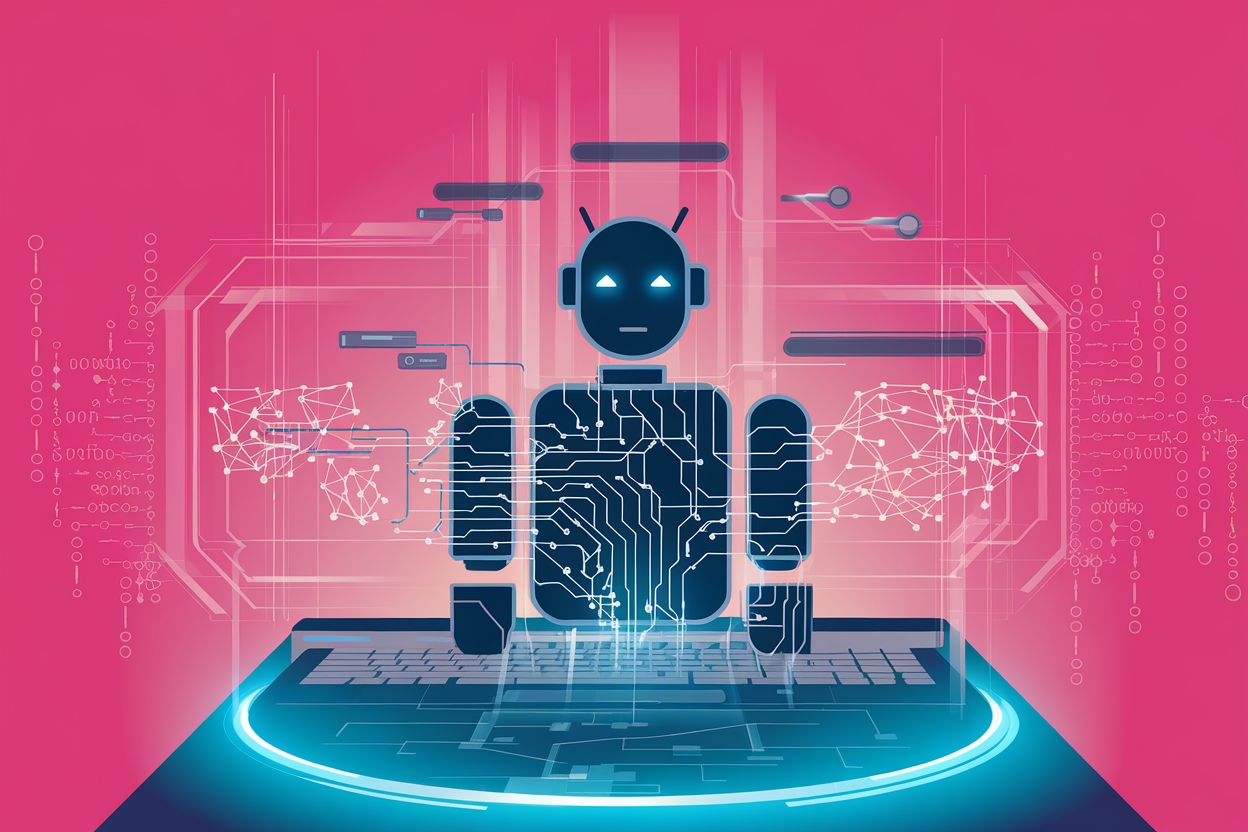Consider the way we, as humans, solve complex problems. When faced with a difficult question, we don’t simply arrive at an answer in a single step. Instead, we pause, reflect, incorporate new information, and revise our thoughts as we go. This iterative process—fueled by our ability to draw connections, adapt to changing contexts, and refine our understanding—is what distinguishes thoughtful reasoning from rote responses. Until now, most large language models (LLMs) have been more sprinters than deep thinkers: quick to generate an answer but often stuck with what they first produce. Enter the Chain-of-Associated-Thoughts (CoAT) framework, which seeks to transform LLMs into reasoners that think more like us.
The Shortcomings of “Fast Thinking” Models
To date, most LLMs have operated using what’s known as “fast thinking.” They respond to a query by pulling from pre-trained patterns and delivering an answer in one shot. This approach is remarkably efficient, but it comes with notable drawbacks. If the input query is ambiguous, incomplete, or introduces a new concept, the model can’t easily adapt. Once the initial answer is produced, there’s no mechanism for going back, reconsidering the logic, or integrating additional insights. Essentially, these models excel at running a set course quickly but stumble when asked to reroute mid-stride.
Even efforts to improve reasoning through techniques like chain-of-thought (CoT) prompting haven’t fully addressed this limitation. While CoT encourages LLMs to break down complex tasks into sequential steps—essentially mapping out the thought process in text—it remains static. Once the sequence is generated, the model can’t go back and update its reasoning or draw in new connections. CoT is, at best, a first attempt at mimicking a more deliberate, multi-step reasoning process, but it lacks the capacity to continuously refine and improve upon itself.
How CoAT Shifts the Paradigm
CoAT, on the other hand, introduces a dynamic, adaptive approach inspired by the human ability to associate, revisit, and refine knowledge. It combines two key innovations: Monte Carlo Tree Search (MCTS) and a novel associative memory mechanism.
Monte Carlo Tree Search (MCTS): MCTS is a powerful technique originally developed for decision-making in games like chess or Go. It works by systematically exploring a wide range of potential outcomes, balancing the need to test new ideas (exploration) with the need to focus on promising paths (exploitation). CoAT adapts this method for reasoning, allowing it to search multiple reasoning pathways simultaneously. By doing so, it can identify better solutions, refine its reasoning at each step, and ensure that the final answer is as accurate and comprehensive as possible.
Associative Memory: This mechanism enables CoAT to incorporate new information dynamically as it reasons. Think of it as a real-time note-taking system, where the model can add new facts, revisit prior assumptions, and adjust its conclusions. Unlike CoT, which follows a fixed sequence, CoAT continuously enriches its thought process with fresh insights, making it more robust and adaptable to complex, evolving problems.
Together, these components allow CoAT to break free from the rigid, linear reasoning of CoT. Instead of being locked into a single path, CoAT can iterate, refine, and improve, much like a human thinker faced with a challenging question.
Key Differences Between CoT and CoAT
To fully grasp the leap that CoAT represents, it helps to break down the key differences:
- Static vs. Dynamic Processes:
- CoT: Generates a fixed sequence of reasoning steps. Once completed, these steps can’t be revisited or updated.
- CoAT: Allows for continuous refinement, revisiting earlier steps and adapting to new information as it becomes available.
- Knowledge Integration:
- CoT: Relies solely on pre-trained knowledge. The model can’t incorporate external data or adjust its logic in real-time.
- CoAT: Employs associative memory to dynamically fetch, store, and integrate new knowledge during the reasoning process.
- Exploration of Reasoning Paths:
- CoT: Follows a linear, predetermined path through the reasoning process.
- CoAT: Uses MCTS to explore multiple pathways, enabling richer and more diverse reasoning outcomes.
- Human-Inspired Thinking:
- CoT: Mimics step-by-step logical reasoning but doesn’t emulate the human ability to update and refine ideas.
- CoAT: Mirrors the way humans associate related concepts, rethink assumptions, and continuously improve their understanding.
Real-World Implications
The practical applications of CoAT extend far beyond traditional CoT methods. By enabling LLMs to reason more deeply and adapt more dynamically, CoAT opens the door to a host of new capabilities:
- Education: AI tutors can tailor explanations based on a student’s evolving understanding, revisiting and refining their answers until concepts are fully grasped.
- Healthcare: Diagnostic systems can incorporate new patient data or updated medical guidelines, improving their recommendations in real-time.
- Legal and Policy Analysis: Models can reexamine and refine their interpretations of legal texts or regulatory frameworks as new precedents emerge, ensuring that their insights remain current and accurate.
These are just a few examples of how CoAT’s iterative, adaptive reasoning can lead to more effective and context-aware applications.
A Call to Think Differently
As the Chain-of-Associated-Thoughts framework gains traction, it’s worth reflecting on what this shift in AI reasoning can teach us about our own thinking. Like CoAT, we can benefit from pausing, revisiting our assumptions, and welcoming new information. The model’s ability to rethink and refine mirrors the kind of deliberate thought process that leads to better decisions, more creative problem-solving, and deeper understanding.
CoAT doesn’t just represent an advance in technology—it’s a reminder of the value of thoughtful, iterative reasoning in a world that often rewards speed over depth. By learning from this approach, we can push both machines and ourselves to think more deeply, adapt more effectively, and ultimately make smarter, more informed choices.
Source: https://arxiv.org/pdf/2502.02390
